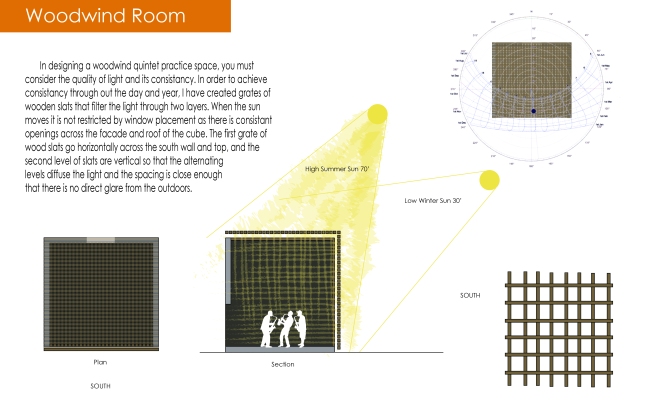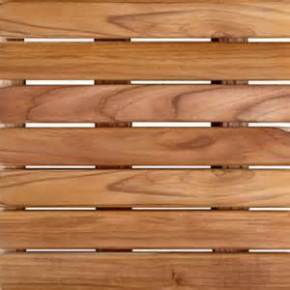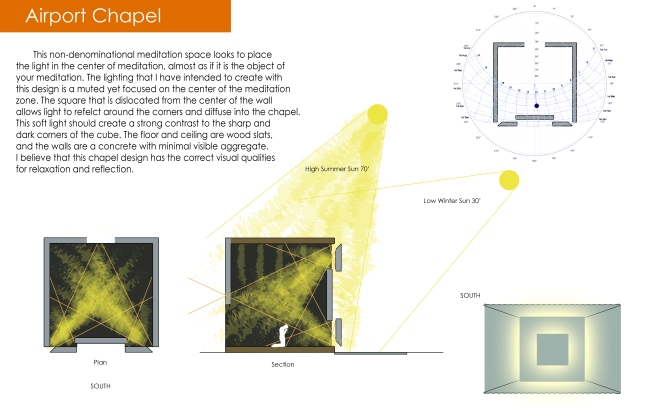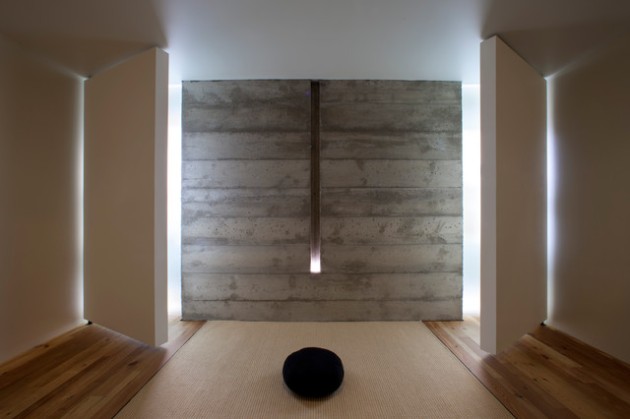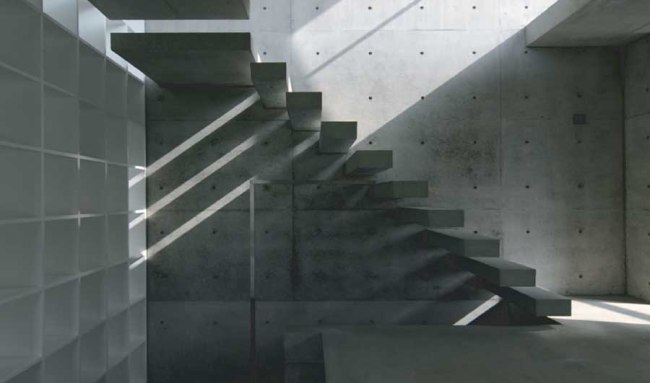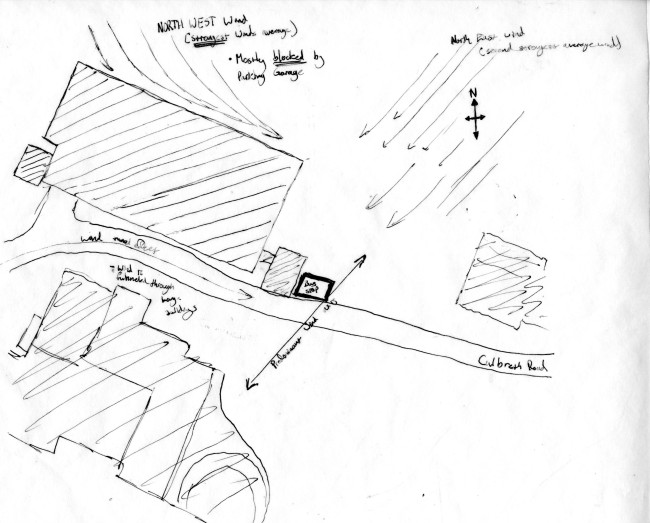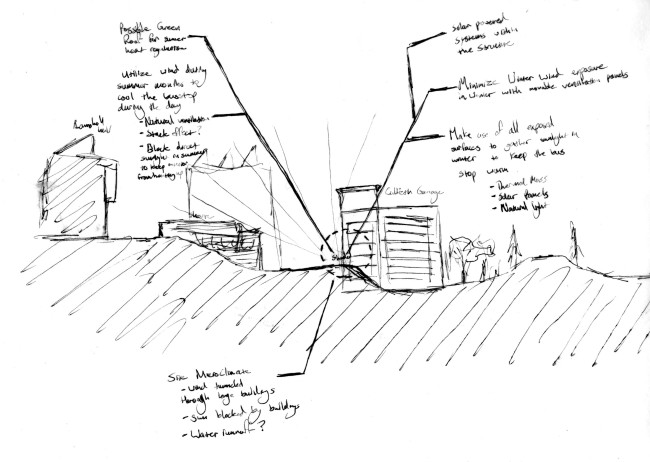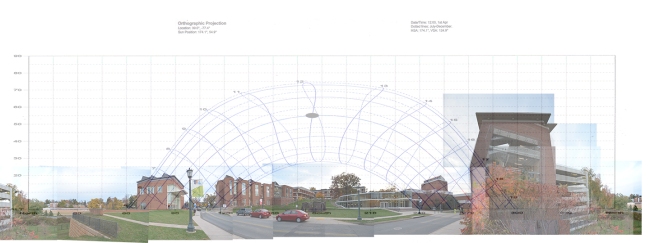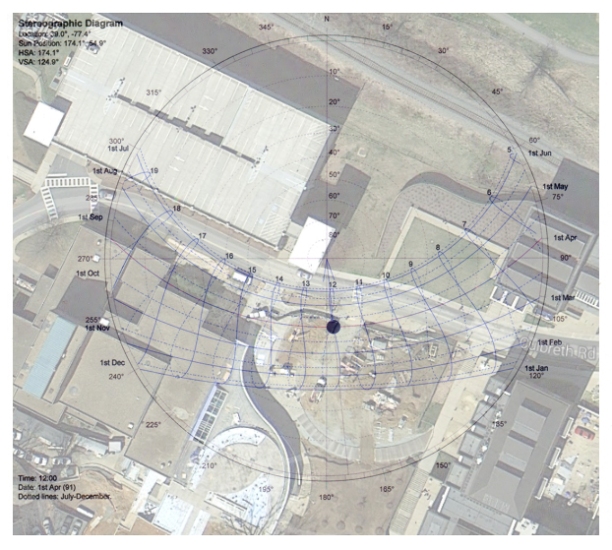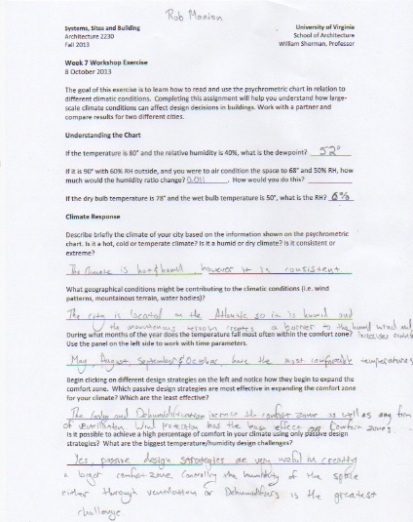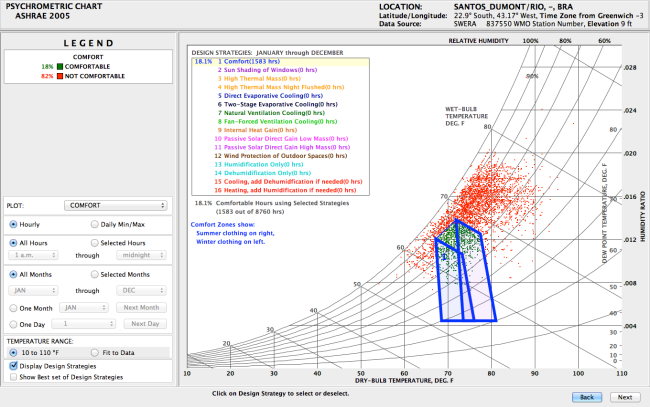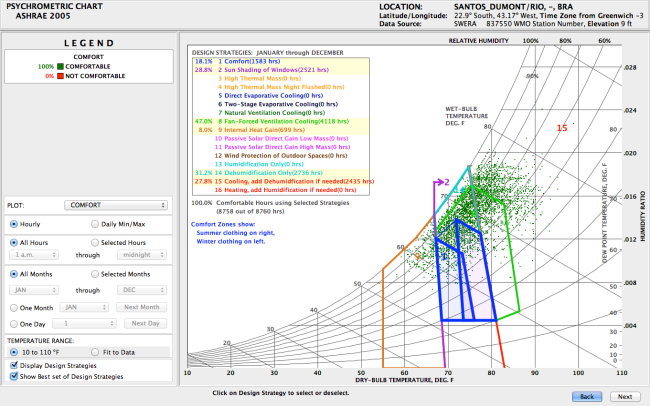In our capitalist society every object and service has a value attached to it based on many complex systems of supply and demand, social value, and the current desires of contemporary society. This value determines the importance of the item/commodity within the economy and this in turn influences how much the public cares about these things. The environment, while seemingly un-quantifiable due to its vastness and expected infinite production of necessary resources, actually has an infinite value within this system due to the fact that without it we would be no more. However,in the article “The Value of the world’s ecosystem services and natural capitol” Robert Costanza and others have estimated the ecosystems minimum values based on how much it would cost to replicate the services with modern technology.
I believe that many people take the derives of the ecosystem for granted, the natural environment does things for us that ensure our survival and the health of the resources that we need and use every day. Ecosystem services such as, water regulation, erosion control, nutrient cycling, waste treatment, pollination, food production and of course raw material production are all necessary for the survival of the global economy. It is these services that have allowed us to survive and thrive in this anomaly of a world we find ourselves in. We must not lose sight of the importance of the environment and think that we control this world and any of the systems within it, the human race has the tendency to think that we rule this wold, however the natural world rules itself we simply learned to use what it offers us.
Ecosystem Services
During class we played “The Bay Game” in class in order to get a better idea on just exactly how an influential ecosystem such as the Chesapeake Bay can be seen as a commodity from the viewpoint of those who depend on it for their businesses and survival. I was selected to be a crop farmer in the Rappahannock Watershed, and i found this role to be particularly interesting with its ability to both harm the land it uses or ensure the survival of the nutrients from year to year. Depending on the farming techniques I selected i could either increase my short term gain and harm the landscape or consider the environment and the effects of the chemicals on the ecosystem and ensure its health for years to come. These decisions can be difficult sometimes, as we saw with the game sometimes you must make difficult choices to survive as a business that may not be the best choice for the health of the environment. What i found to save these goals from conflicting was the ability of the government to give incentives to those who practiced “sustainable” farming and minimized the negative impacts on the environment. This can help to allow people to make the right decisions while also allowing their business to continue to prosper.
Bay Game Image: Sustainable Farming
The estimate that Costanza has loosely determined in his article is an average annual value of environmental services is around $33 trillion, which is about 1.8 times the current GNP. Basically, we can not afford to misuse and neglect the environment and all is does for us. These “services” created the world we know today and if interrupted these systems could fail which means we would be soon to follow. We must make the world realize that the natural worlds serves and resources are the very framework of our entire human success on this planet. Therefore, we may be able to put an estimated value on these things but in reality they are priceless and 100% imperative to our very survival.
citations:
Costanza, Robert. “The Value of the World’s Ecosystem Services and Natural Capitol.”Nature 387 (1997): 253-59. Web. 1 Dec. 2013.
Dennison, Bill, Dr. Ecosystem_services_diagram. Digital image. Integration and Application Network. N.p., 10 June 2011. Web. 2 Dec. 2013.



